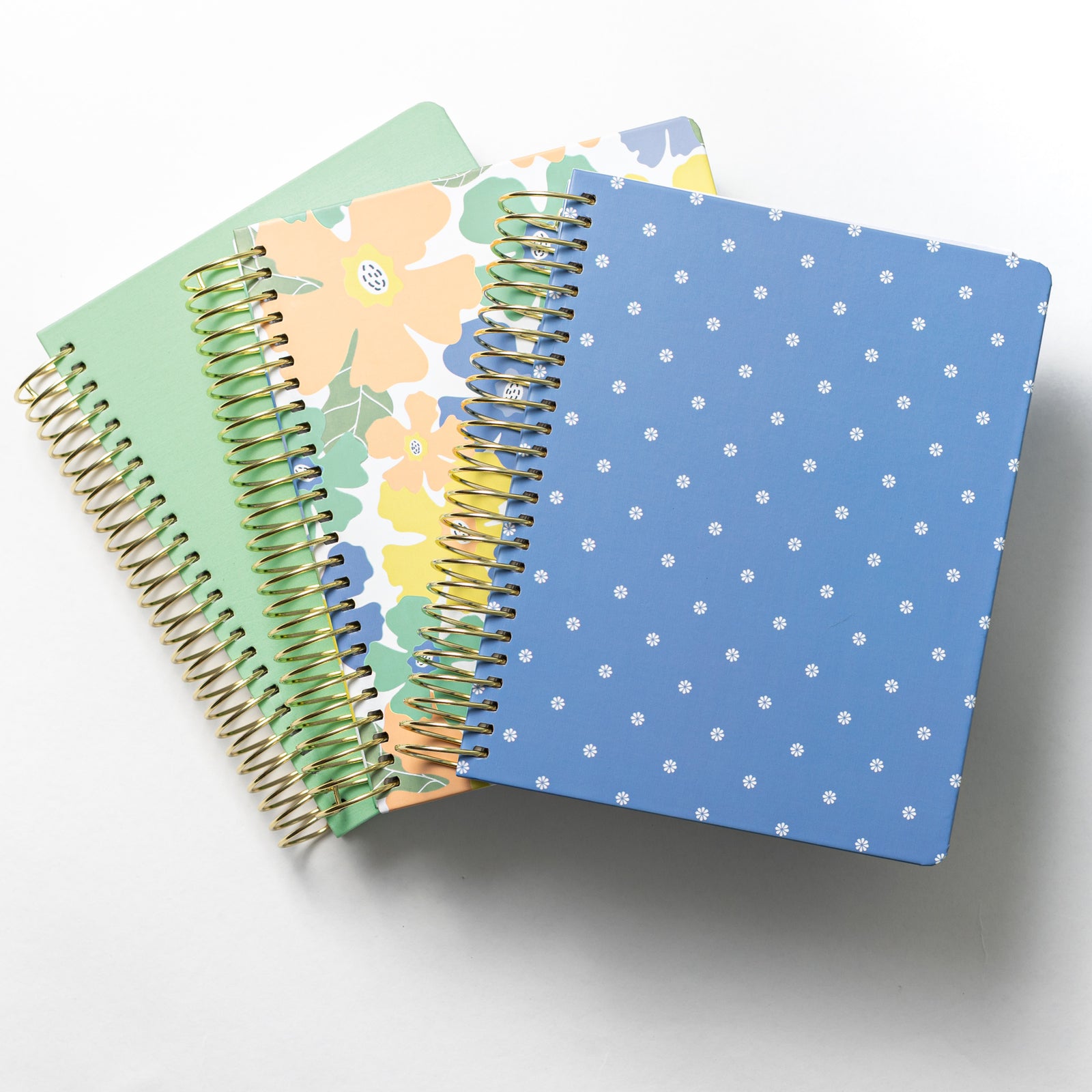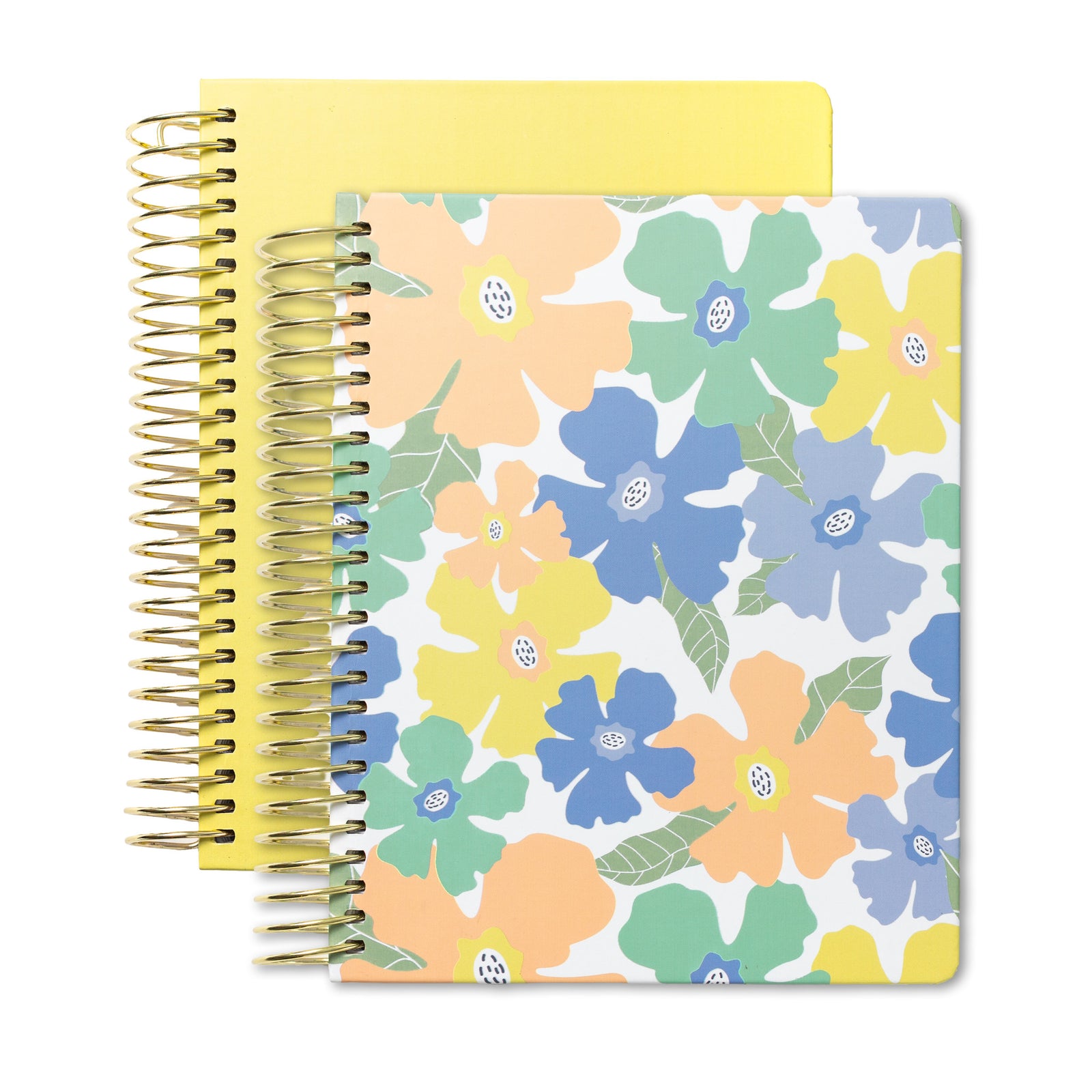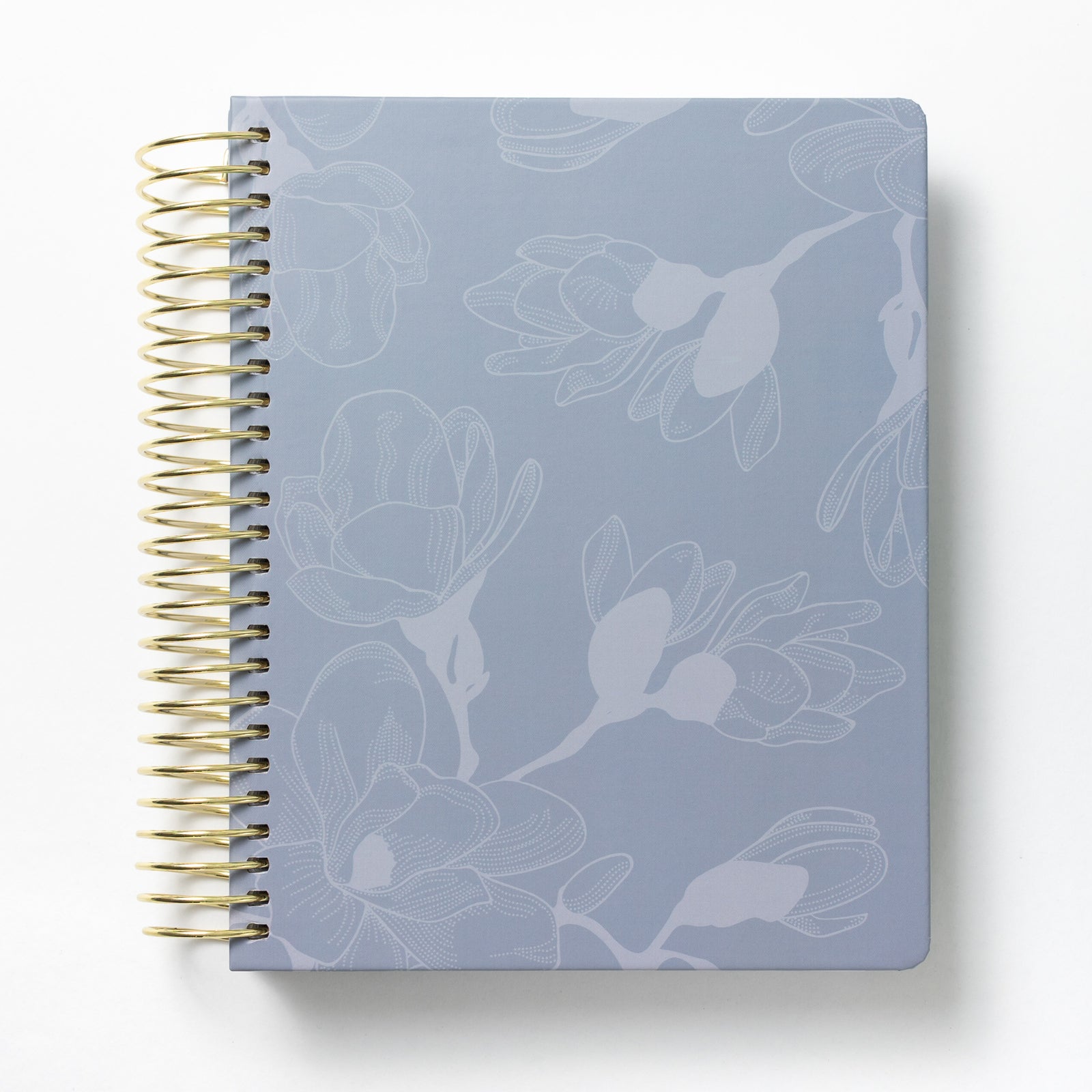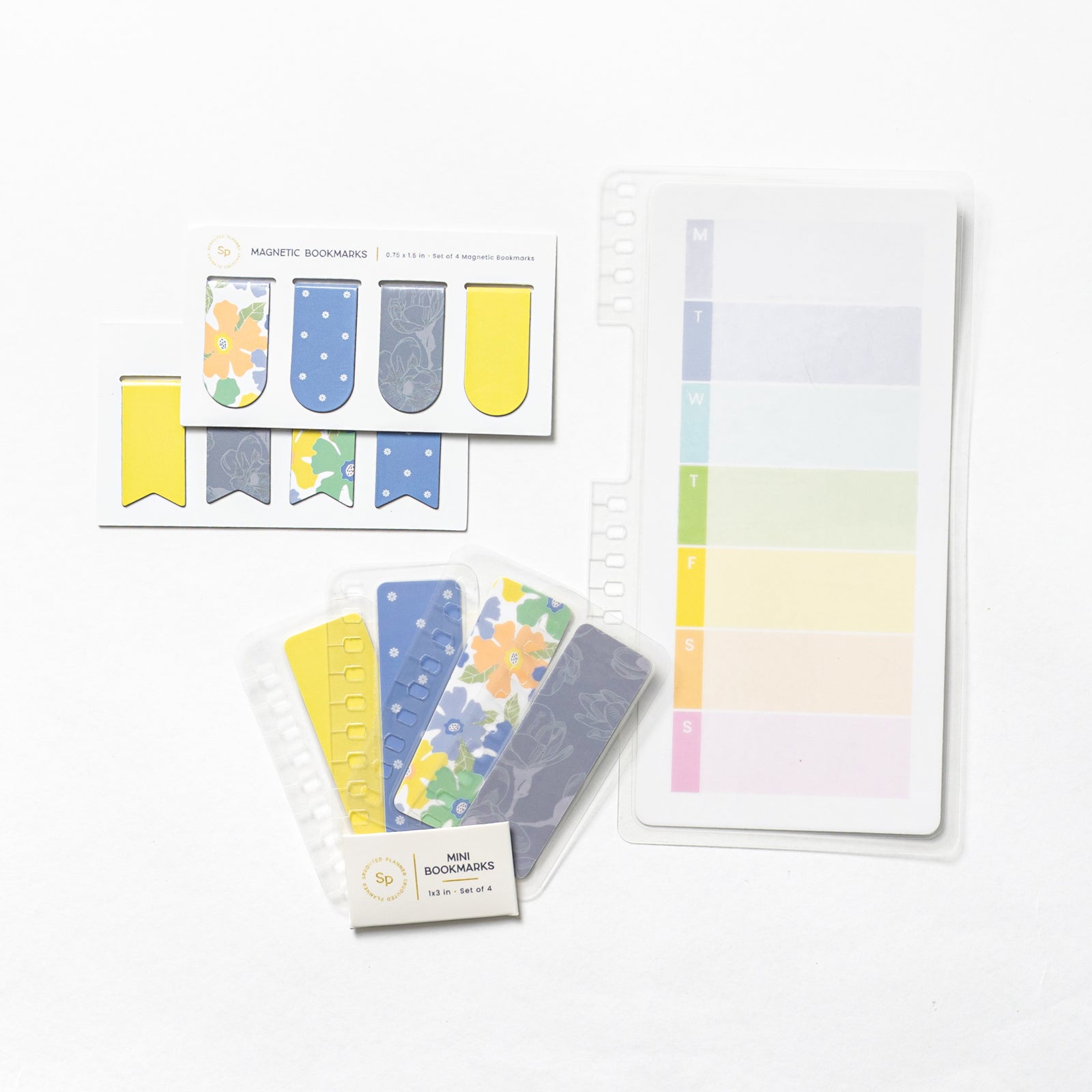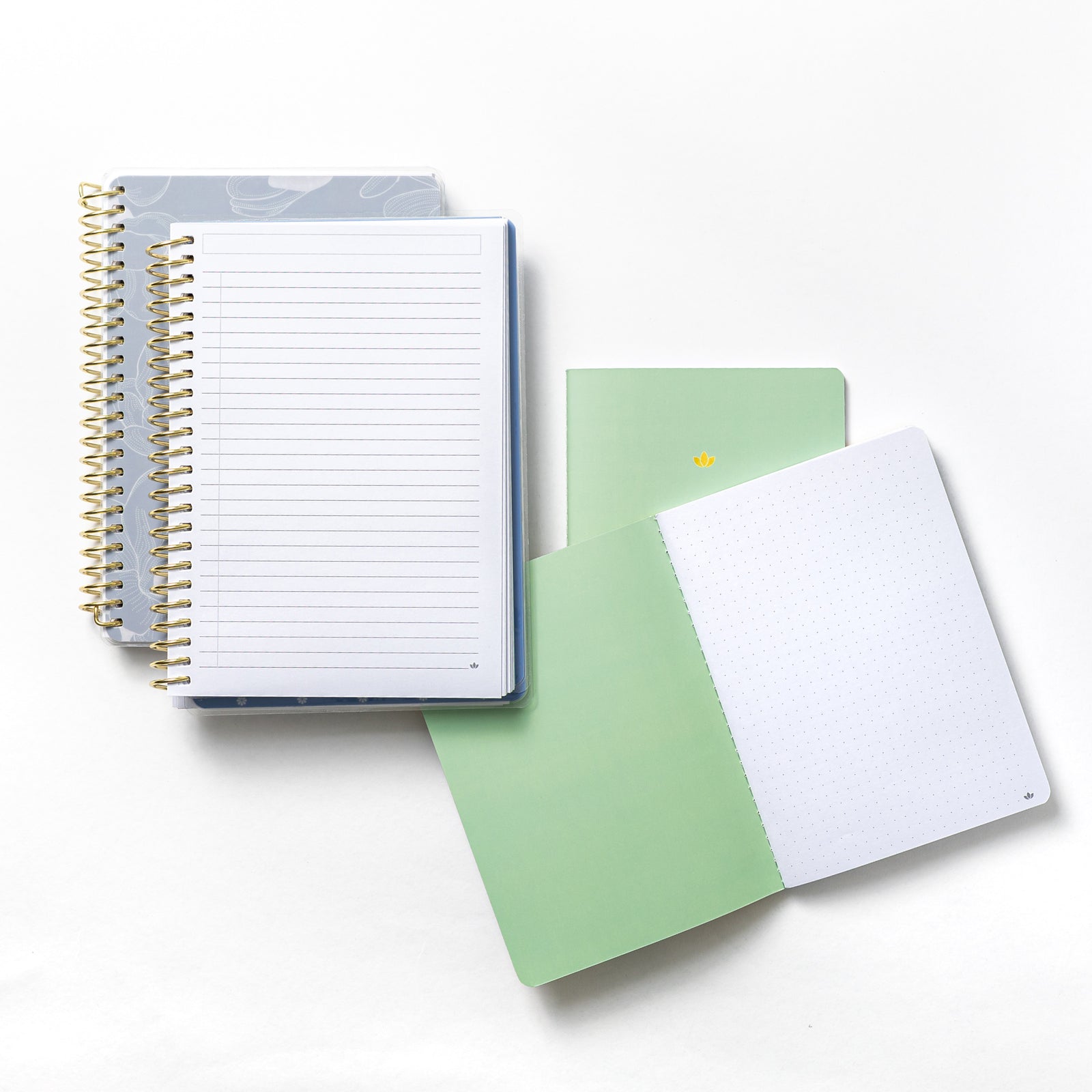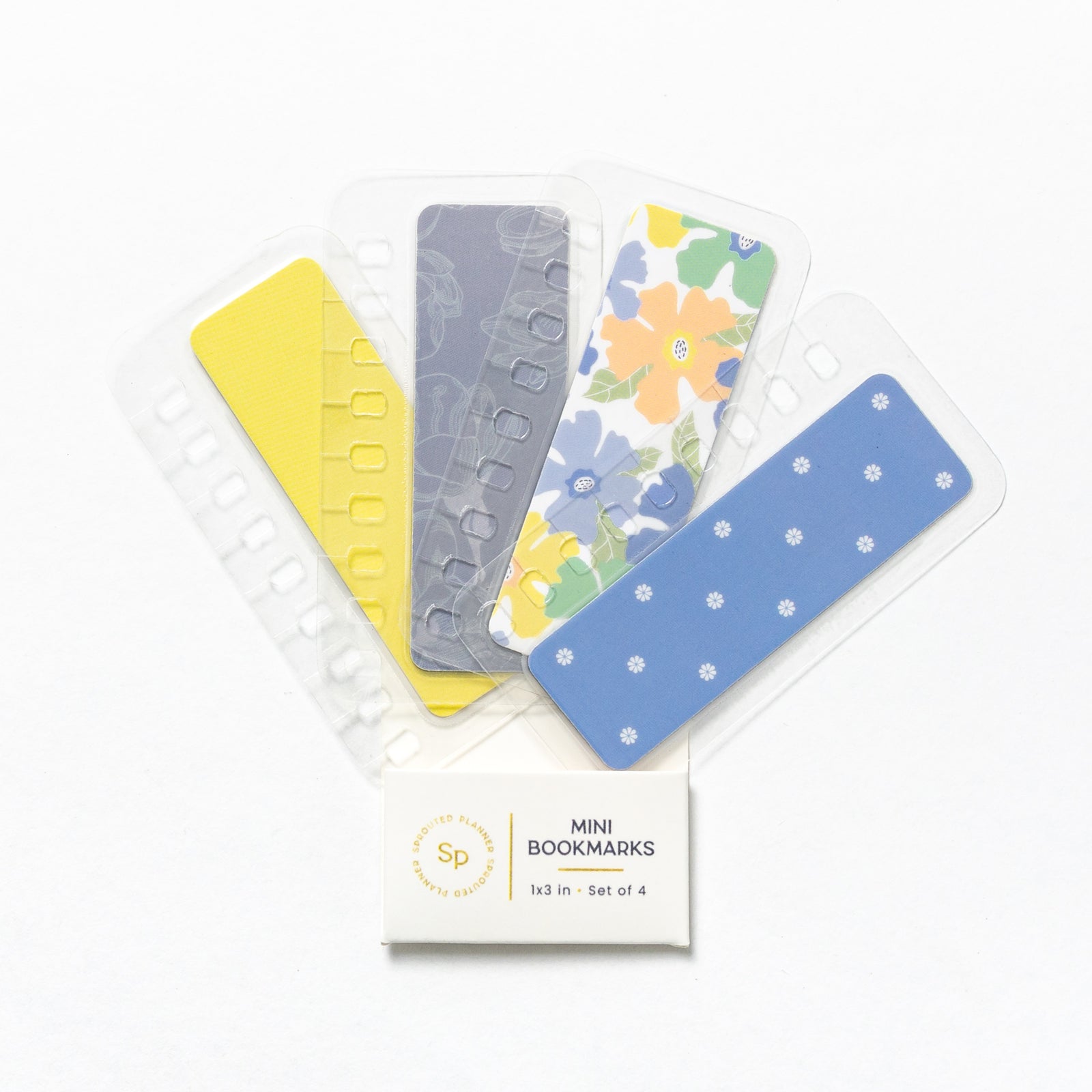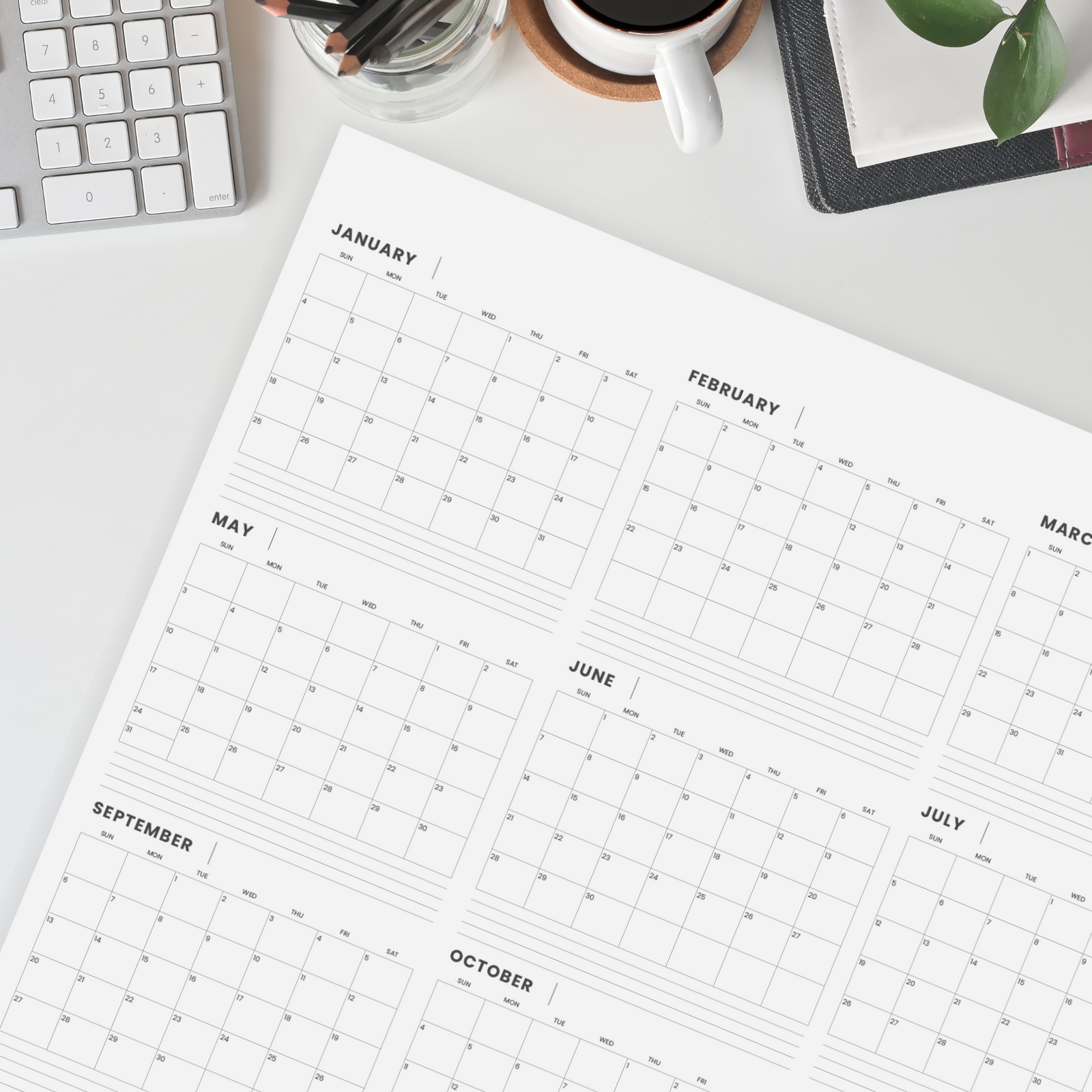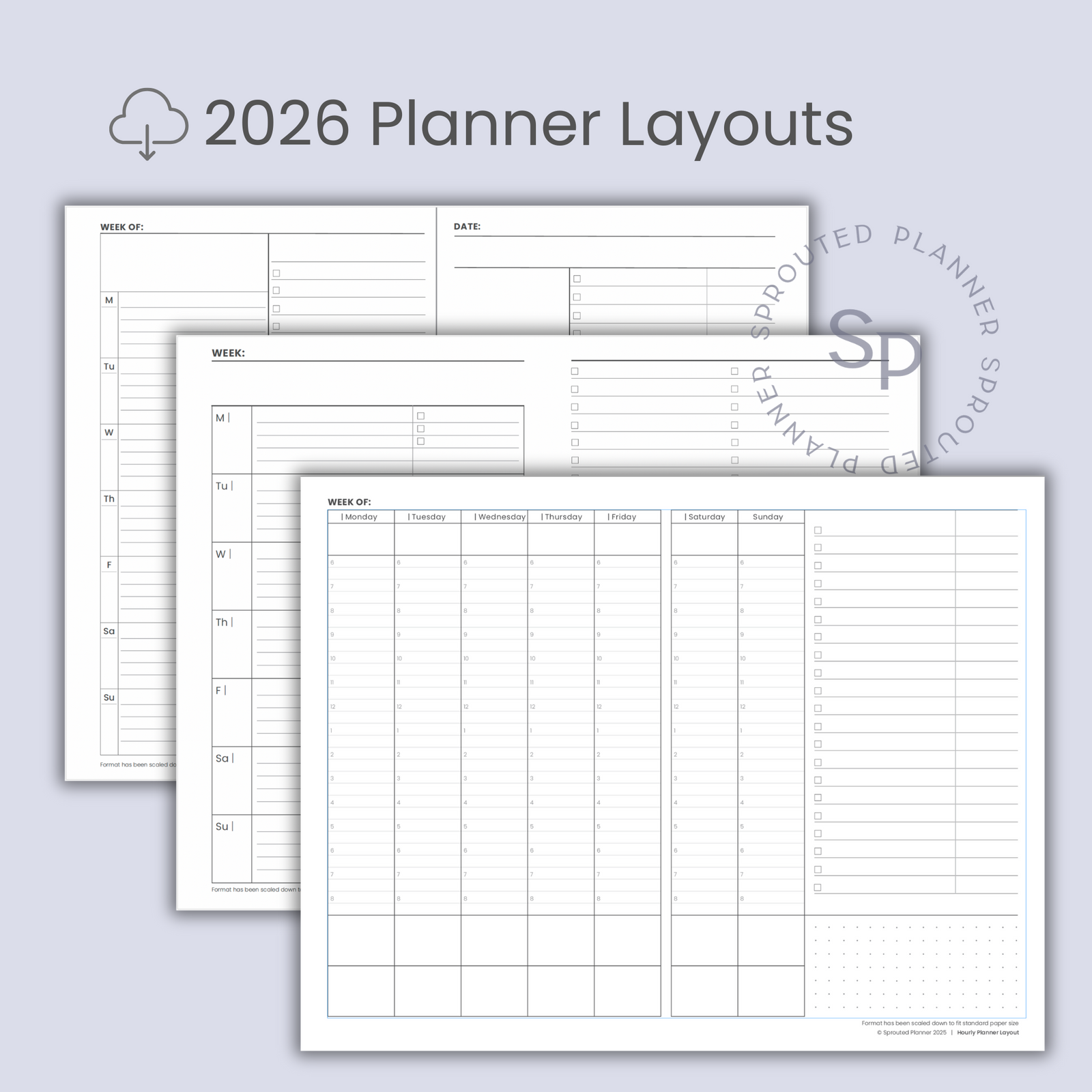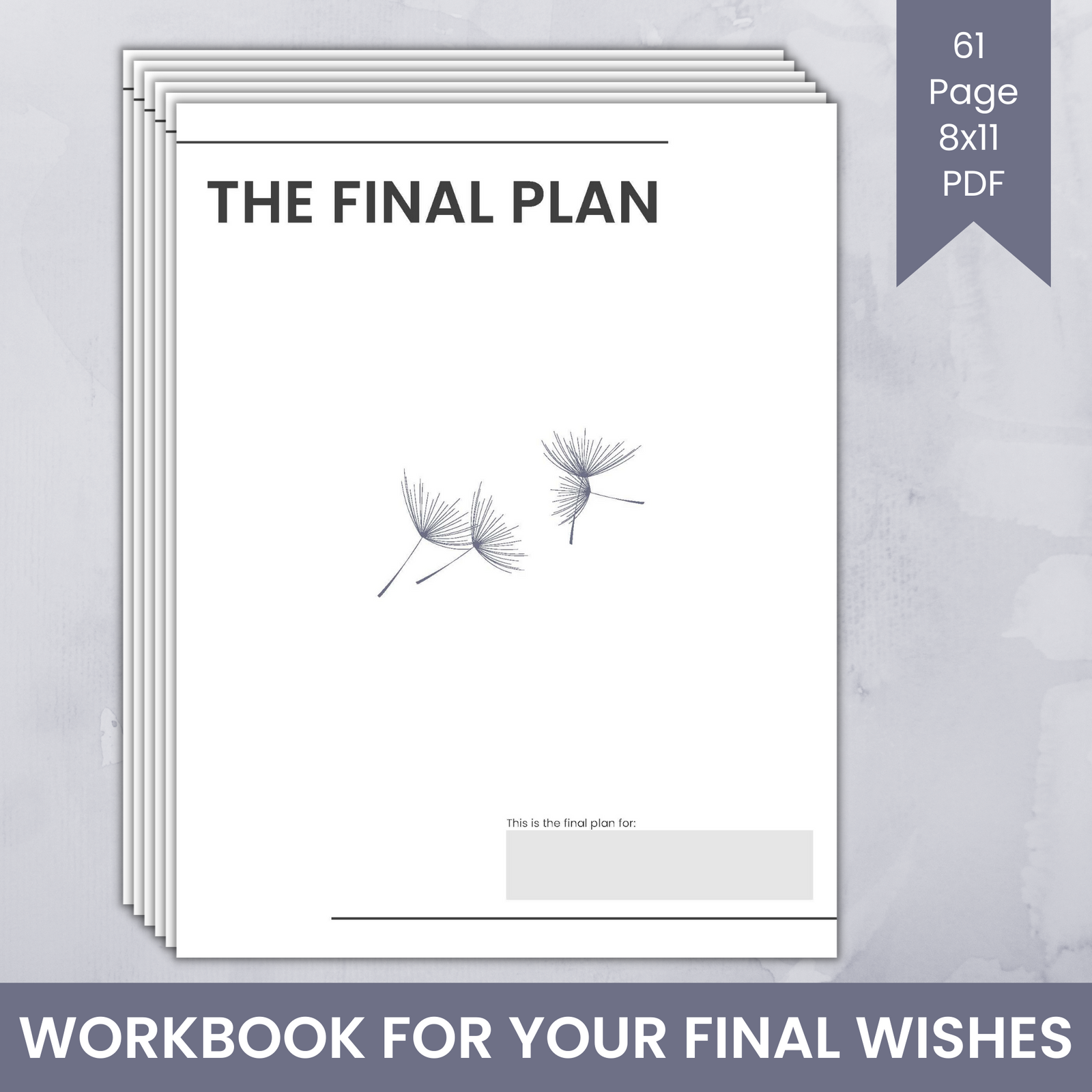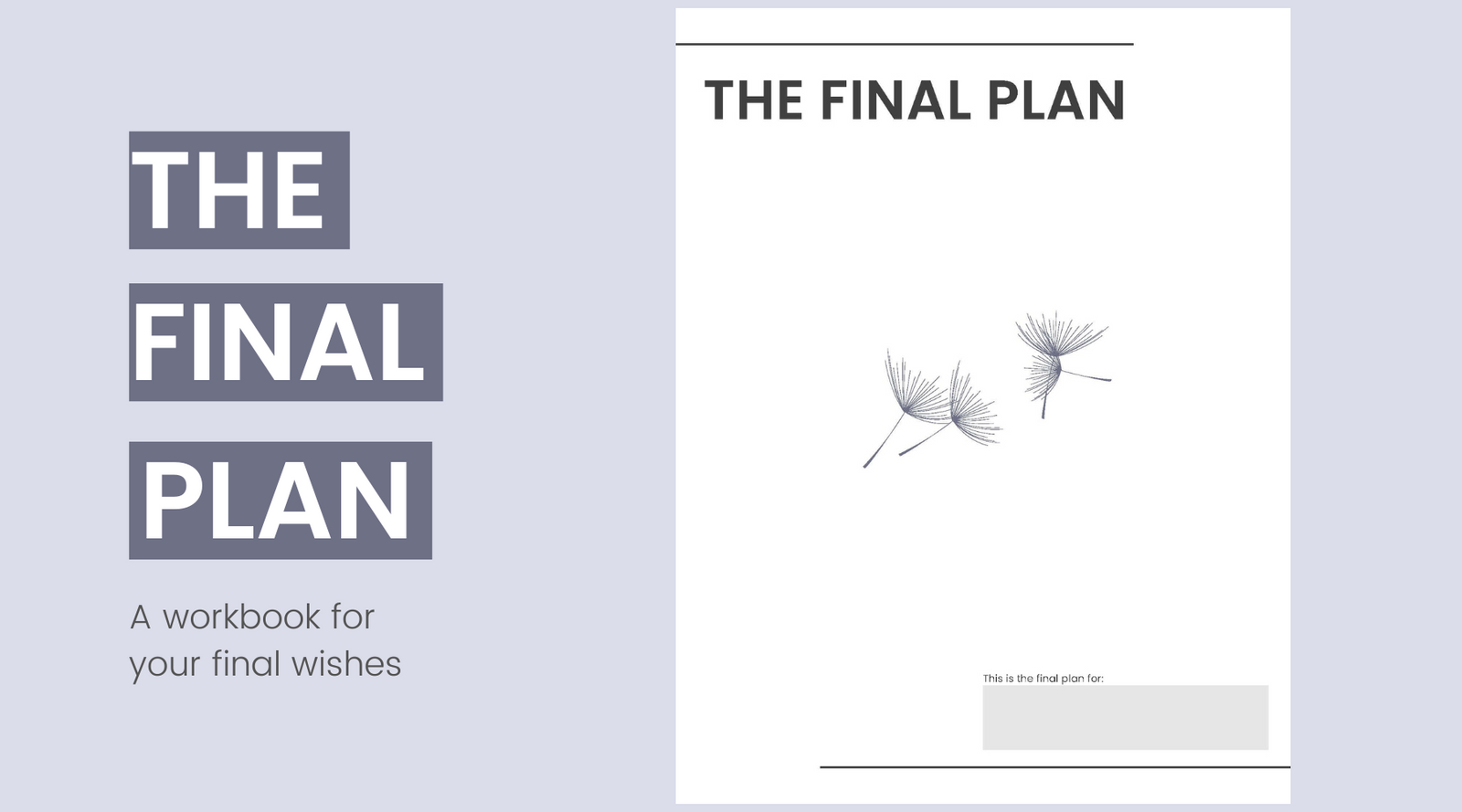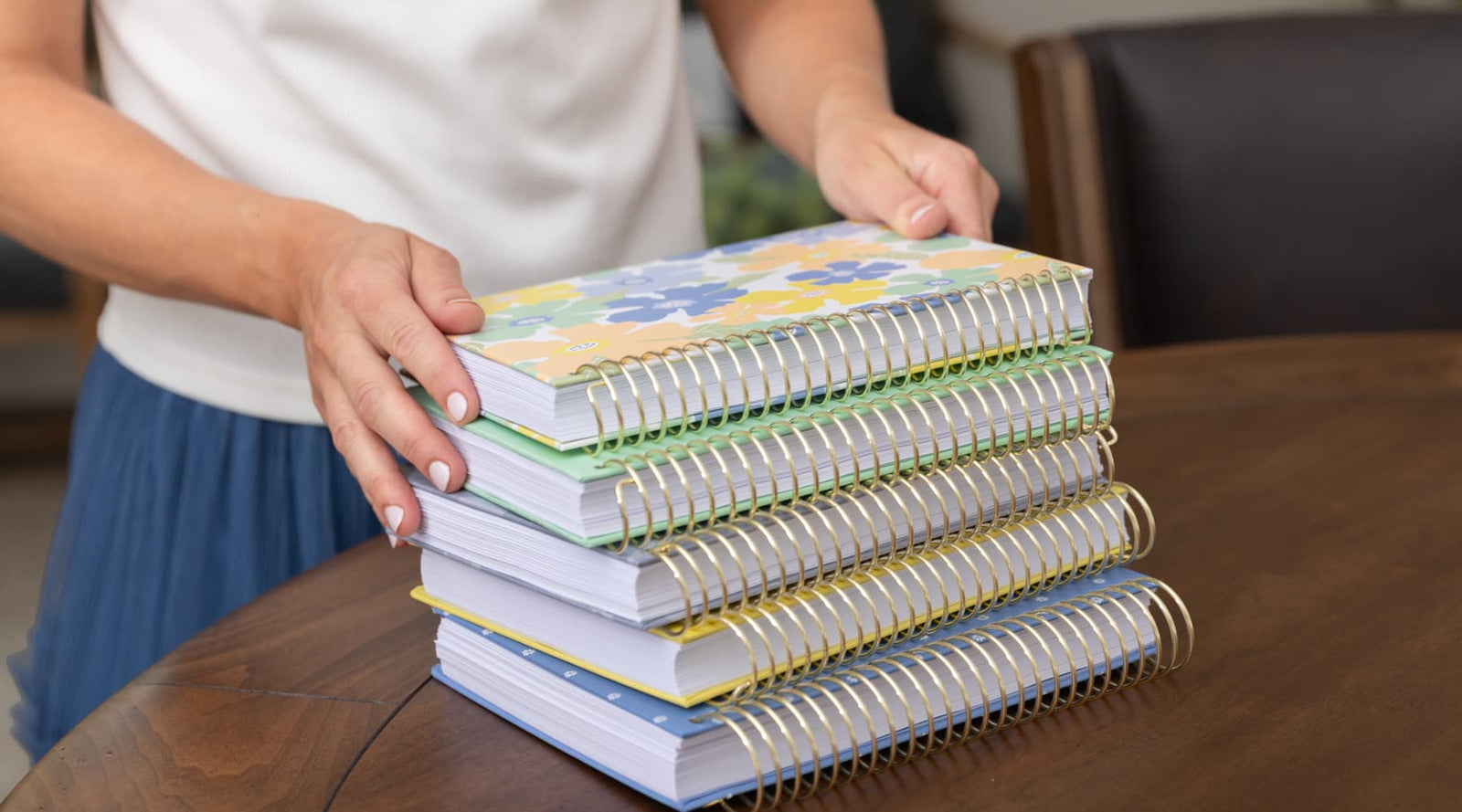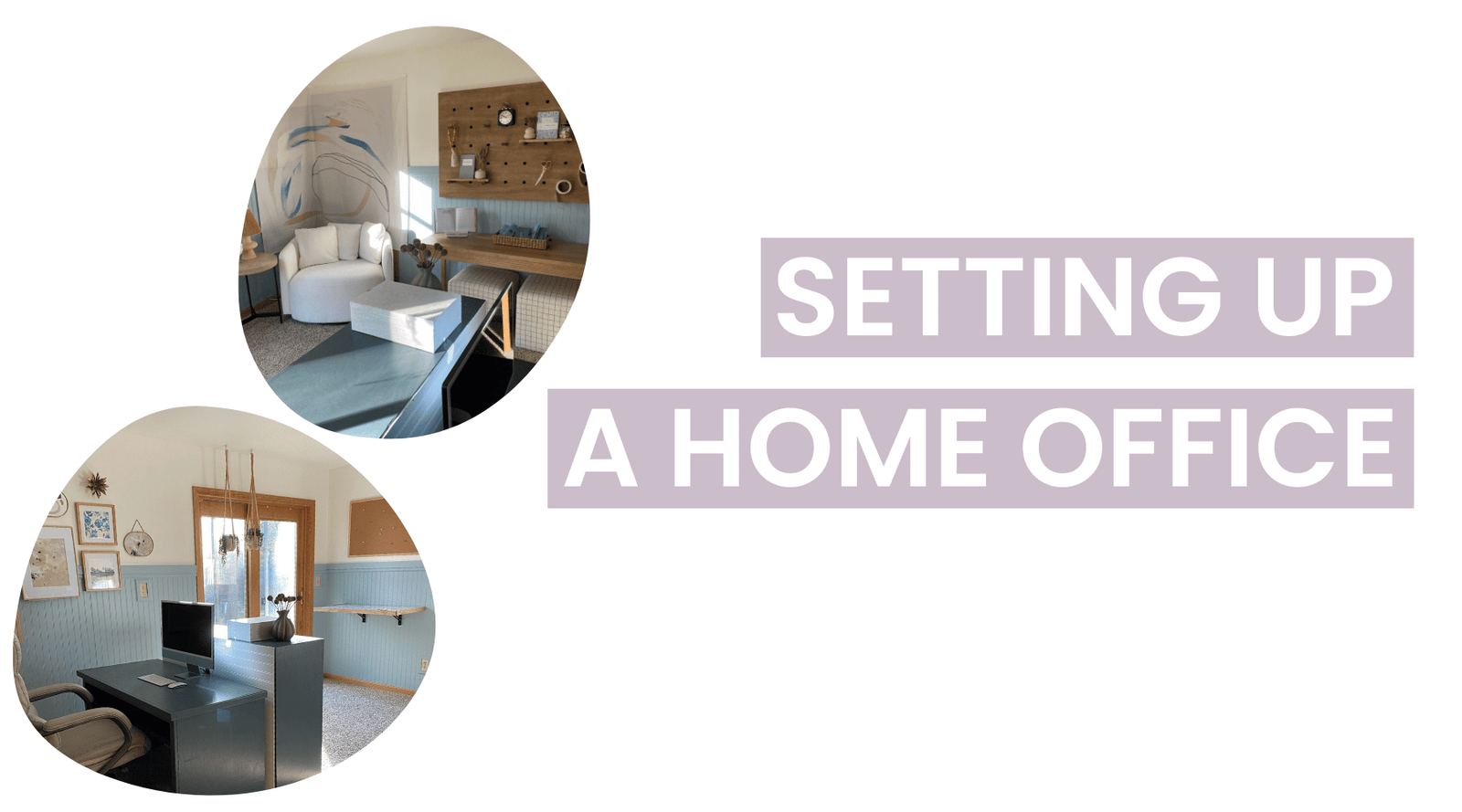This blog was originally titled: Prop Me Up Besides The Jukebox If I Die.
That was my favorite song for a while as a kid. Weird, right?
Come dear readers. Sit with me and go down an imaginary rabbit hole:
Let’s pretend you have a sister who is getting married. She makes elaborate plans with a huge guest list. People are flying in from around the country, food is being catered by the local hot spot, the flower bouquets are being prepared, a giant cake from that delicious bakery down the road is being made: the whole shebang.
Then, a couple days before the event: runaway bride. Your sister leaves you a note that she doesn’t want to marry Fabio, she’s run off to Mexico to hide from everyone, is shutting her phone off, and asks that you call off the wedding. But leaves you with nothing else.

You are suddenly responsible for contacting all the guests, the vendor, the caterer, the bakery, the DJ, the bridal shop, the pastor, the salon, and God knows what else you’re forgetting. Also, because it’s all last minute, most of them probably want to be paid in some capacity.
Fabio was not part of the wedding planning, is devastated, and no help. You were also not part of the wedding planning, so you have no idea where to start. You have keys to your sister's house but that’s it. Most of her plans are probably on her computer that you don’t have a password for. You are left to rifle through all her stuff, and hope to piece together enough information to get the job done. The whole process is exhausting, infuriating, and takes incredibly longer than is needed too, had dear sister just left you with a list of who to contact and how to pay people.
This is essentially the scenario that thousands of people face EVERY DAY when someone they love dies without a plan. The people left behind, usually family, are left to piece together everything about their lives in order to plan a funeral, close things out, and/or resume their responsibilities.
Most people describe this process as a nightmare. On top of being riddled with grief, they have to make a multitude of decisions and go on a scavenger hunt to track down all the information that is needed to close out a person's life.
The most loving thing you can do for your people is to put together a plan. But where do you start? Right here, dear friends. Right here.
Completing the Picture
After years of putting off (and saving up for), I finally completed my legal estate plans. This included a Will, Trust, Power of Attorney, and Health Directive.
However, it still didn’t feel complete. Those documents outlined our financial crap, who would take the kids, and our decision makers. But what about all the other things in life? The stuff in our house, bills, pictures, if I want to be buried or cremated, what our actual financials are (insurance, assets, automobiles). How would our people even know how to find our Will or anything else?
The picture simply felt incomplete. So started my quest to create a document to solve this problem.
Using both my planning skills, and my planner making skills, I did my research and put together a workbook. She’s a hefty sucker but has all the information someone would need when you pass away or become unable to resume life things (incapacitated). I say WHEN because it’s going to happen to all of us. Every single one of us. It’s just a matter of when. God forbid it’s untimely.
Most people think they should do this when they are older and in failing health. WRONG. The time to do this is now. In fact, the healthier and more vibrant you are, the better. You’ll be able to plan all this stuff with a much clearer head. Plus, sorry to be a downer here, but you really don’t know when your time will come (womp womp).
For my research, I consulted with the people who are usually involved in this process:
- Financial Planner
- Funeral Director
- Estate Attorney
- People who have recently been the executors of an estate (fancy talk for the main person in charge of taking care of all the stuff after someone passes away)
This comprehensive workbook is a roadmap for your loved one to follow after you are gone. It will set them up for success, and ease so much burden that non-planning brings.
This workbook is meant to be a buddy to your legal estate plans (your Will, etc.), but it is a great standalone too. In fact, if you haven’t done your legal estate planning (which is about 60% of us), this is a perfect place to start.

The Final Plan
This workbook is named the Final Plan because it really is just that: planning. Planning involves future scenarios, information, and list making.
Here’s a look at the inside of The Final Plan:
Table of Contents
This will serve as a quick reference guide for your people to know what they are working with (dependents, pets, what kinds of insurance, what kinds of assets, etc.). It is also a checklist for you to keep track of what sections you’ve completed. This will be a bit of a marathon to complete, so tackle it one section at a time.

Review Ledger
Obviously, things change and need to be updated. I’d recommend reviewing this workbook once a year to make sure all the information is accurate/up-to-date, then mark it on your review ledger.
Personal Information
Brace yourself: this is the information you need for a death certificate. It’s also information that doctor’s, financial institutions, insurance, etc. may ask for.
Important Documents
I don’t mean to throw my mom under the bus here, but she once kept our birth certificates in a pile of papers on top of our fridge.
Wherever you keep your important documents, let people know where and how to access them (if they apply):
- Birth Certificate
- Marriage Certificate
- Divorce Decree
- Veteran’s Discharge Paper
- Passport
- Social Security Card
- Last Will & Testament
- Trust
- Living Will
- Healthcare Directive
- Power of Attorney
Logins & Passwords
This is a big one. The majority of people keep their login and password information in their head. In this digital age, it’s super important to have this information securely listed somewhere.
If you prefer an app, there are great ones out there, such as Dashlane. Otherwise, if you prefer the spreadsheet route, make sure it’s saved in a safe location.
When one of the people I spoke with lost their wife, he had no idea how to access any of their accounts. She did have a small list on her computer but he didn’t know where to find it in the beginning. It was a mess to deal with, on top of the immense grief.
This section includes a spot to put the location and access information of your password manager. It also includes a list of passwords to keep.

People to Notify
When something happens to you, there are people you will want to know. Dear friends, neighbors, employers / employees, church folks, book club, your recreation softball team, etc.

Funeral Wishes
This section gets into great detail about planning your funeral. From burial, to songs, to the luncheon and party afterwards.
If you’d rather not plan in this level of detail, it’s still important to fill out the first page so people know if you want to be buried or cremated, where to put your body or ashes, and how it all will get paid for.
Whew, that’s a tough one to think about. Still with me? Good.

Obituary
When I spoke with the Funeral Director, she told me that obituaries are tough for them. There are timelines and limitations that are different for each newspaper. After the funeral home submits an obituary, if there needs to be a change, then it’s a lot of work for them to get that change done before print.
She said the big thing is to have names listed and spelled correctly. She sees a lot of errors with family member names, and their relationship to you and each other.
Also, this is your chance to write out an awesome obituary. Google “Great Obituaries” to read some memorable ones. One such great one was co-written by Aaron Purmont and his wife, Nora McInerny before his passing of brain cancer in his 30s. You can read ithere.
Also, all Nora’s stuff is great, and you should check her out.

Dependents
If you have underage kids, or disabled persons in your care, this section is for you. You will list their names, date of birth, where you keep their birth certificates and social security cards (on top of the fridge is not advised), along with their medical information and contacts, care and learning information, and notes and wishes for their care.
Pets
Your furry (or scaly, or feathery) dependents. A section for their information, veterinarian information, feeding and medical, and other notes.
Professional Contacts
This is an important section, since many of these folks hold keys to big information. Here you will list (where applicable) your:
- Estate Planning Attorney
- Financial Advisor
- Power of Attorney
- Trustee
- Accountant
- Other Attorney (family attorney, for example)
- Primary Doctor
- Dentist
- Other Medical Professionals (Optometrist, Chiropractor, Specialists, etc.)

Insurance
According to Consumer Report, the amount of unclaimed Life Insurance topped $1 Billion in 2013. Can you imagine how much it is now?
Be sure to list all your insurance policies on this document. The most common ones include:
- Life
- Automotive
- Property
- Health
- Disability
- Long-Term Care
- Pet
- Umbrella
- Funeral

Liabilities
Liabilities are financial obligations that you need to pay off. This includes loans, credit cards, lines of credit, taxes, and other debt.
Your people will need to handle all your liabilities before it gets ugly. Unfortunately it doesn’t go away because you die (dumb, I know).
Assets
Another fancy word to mean things of value that you own. This includes checking accounts, saving accounts, money markets, 401Ks, IRAs, Stocks, Bonds, etc.
There is a section to list all these accounts, including beneficiaries on the account.
Also included under assets:
- Precious metals and cash (if you store silver, gold, and/or cash at your home)
- Property you own
- Automobiles & Recreation Vehicles
- Businesses you own

Safes
A place to list any in-home safes you have, and/or a safe deposit box.
Bills
If you become incapacitated or *gulp* die, your people will need to finalize payments and close out your bills. If you have a significant other (or other living-with-you scenarios), then they will need to resume some or all of the bills.
Either way, they need to know your bill information, and a summary of your budget / bill paying system.
Personal Job Description
Can you tell I worked in HR?
This might seem silly, but this makes a difference for those with a spouse or cohabitating with someone. There are many responsibilities you hold in your home that your significant other may not be aware of.
For example, someone I spoke to had their furnace break down, only to realize it was because the furnace filter hadn’t been changed in over a year. That was something her husband always did (furnace filter and maintenance), and it wasn’t even on her radar. She didn’t know furnaces had filters that needed to be changed.
It’s these things that may seem small but are important to someone resuming life without you. Help guide them so they don’t have to learn the hard way.
Your Stuff
This is the section for tangible property (the things you own). Some of it may be collectibles and worth money. Some may not be worth money but priceless in sentiment. List out your important things and who should get it. Avoid that fight between family members.
You can also list your favorite charities so your people can feel good about donating the remainder of your belongings.

Reflections
This is my favorite section because it’s the most meaningful. You could fill an entire book with reflections on your life but because there’s no time for that, there are four questions you get to ponder:
- What are you most proud of?
- Do you have any regrets?
- What made you happy?
- What do you want your legacy to be?
And if you want to fill out a whole notebook beyond this, go for it.
Legacy
This section is a space to make sure your or your family legacy lives on. Recipes, traditions, belief and character qualities, family tree, pictures, mistakes to learn from, dysfunctions to break or stay broken, your life story, etc.
Secrets
Changed from the previous title, “Skeletons,” this section is for anything you want your people to know after you’re gone, so they don’t learn it elsewhere. Such as, you actually like Nickleback.
Fingerprints & Letters
My step-mom encouraged and facilitated two of the most precious gifts I have from my dad (besides my memories, and the shape of his toenails, which I would not exactly call gifts). One is a necklace with his fingerprint on it. I wear it almost every single day.
Another is a personal letter from him. I read it often. Even though I sob everytime, it brings me such comfort and joy to have a letter of my very own.
Included in the workbook is a section to put your fingerprint(s), and a suggested list of letters to write.
Blank Lined Page
At the end of the workbook is a blank (lined) page. You can print this page out as many times as you need so you can expand on certain sections, or use it for your letters to people.
What to do with your finished workbook
Once you finish filling out your workbook, you can put it in a nice outfit. Here’s some ideas:
- 3-Ring Binder (within page protectors, or 3-hole punched)
- Bound (spiral, wire, comb, or tape)
- Booklet (made into one)
- Case File
- Presentation Folder
There is also this neat looking organizing system:
However you want to outfit your workbook, you then need to store it in a safe location. Never store it in a safe deposit box, as your people need this information right away, and it can take a week or more to gain access to that.
If you have a large enough in-home safe, you can keep it there.
Or you can simply keep it in a file folder within your filing cabinet, assuming it is safe and secure there.
If digital is more your thing, you can save it on your computer or within cloud storage.
Who to tell
You should tell 2-3 very trusted people about this document and how they can access it in case of an emergency or your death. To diversify those people, choose those who would never or very rarely be in the same location together.
If you store it in a location that requires a passcode (safe, or computer, or cloud storage), make sure your people know this and how to access it.
Workbook Specs
This workbook is a PDF only. There is not a physical document (unless you print it, of course).
It is designed for standard US Letter size (8x11 inches)
Your purchase comes with 2 download options:
- PDF - Print
- PDF - Editable
The editable PDF has fields you can type in and save.
You must have Adobe Acrobat Reader or higher. I’m sure there’s some other software that allows you to edit it too, but you’ll have to Google that one on your own. Besides, Acrobat Reader is free to download and use.
You can purchase this workbook right here.

Give the gift of peace to yourself and your loved ones.


